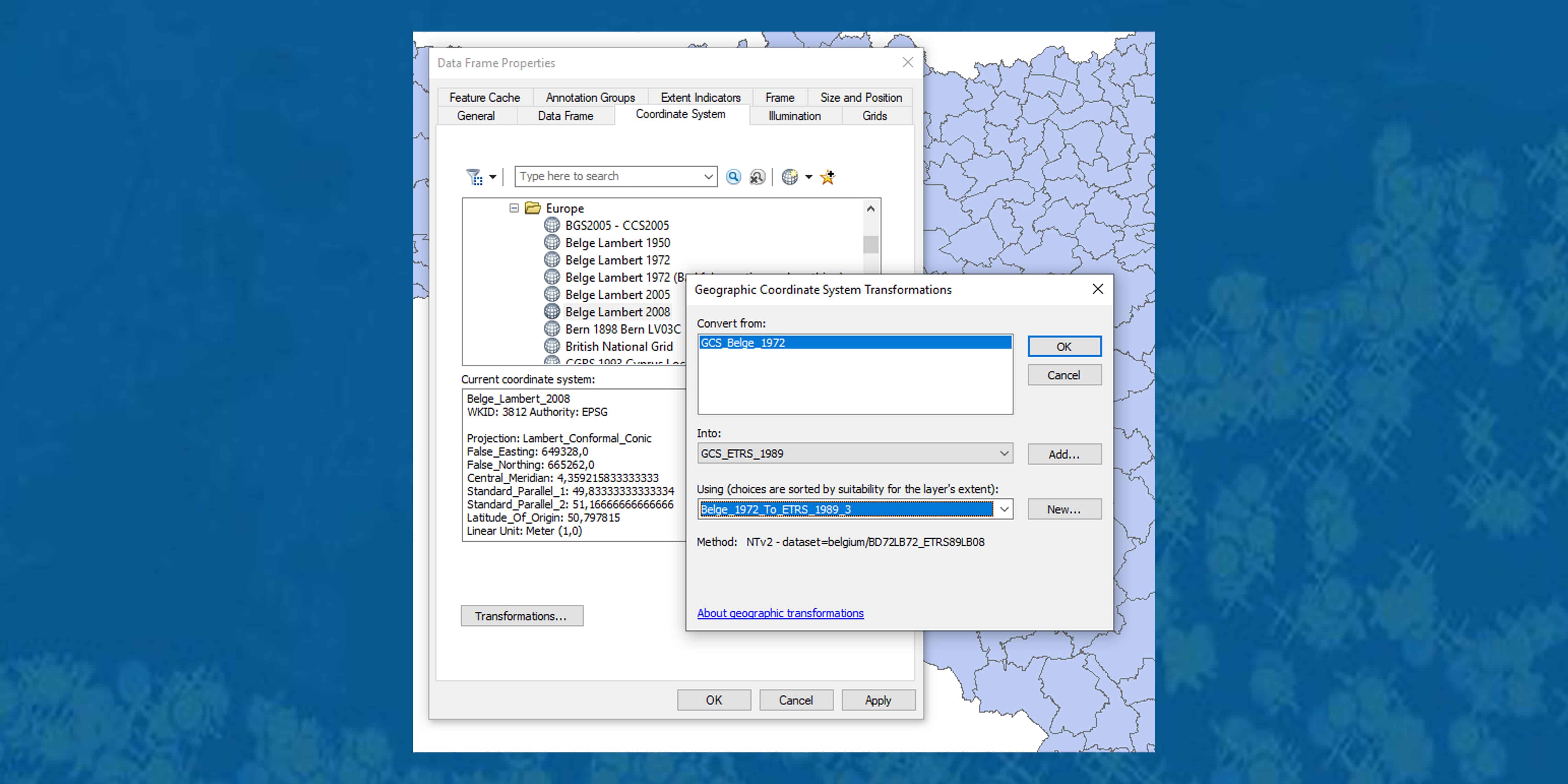
Knowing the categories will help you identify which particular tool to use. The capabilities of Spatial Analyst are broken down into categories or groups of related functionality. This topic is covered by section DN2-4 of the GIS&T Body of Knowledge. The ArcGIS Spatial Analyst extension provides a rich set of spatial analysis and modeling tools for both raster (cell-based) and feature (vector) data. When a match is found during processing, a row is added to the output feature class containing the shape and attributes from the target layer and the matching attributes from the join layer. This is achieved by having a final spatially joined table with the possibility of repeating the same values of the target's feature table within the selected field that was used to join the join features table to the target's feature table. A spatial join involves matching rows from the join layer to the target layer based on a spatial relationship and writing to an output feature class. The tool will return all power outages that occur within 30 minutes after a lightning strike and within 20 miles of the strike. This example finds power outages in your state that may have been caused by a lightning strike. Instead, the final table will accommodate the possibility of having multiple entries from the join features table that may correspond to a single row from the selected field in the target features table. The Join Features tool is available through ArcGIS API for Python. If the join features table had more rows than the target features table, the data from the join features table will be clustered to fit into the corresponding row values of the target features table.Ī one to many relationship occurs when there is no desire for possible clustering of the data from the join feature table.

In a one to one relationship, the target features table will have the same number of rows as the final table after the spatial join is executed.

The relationship of the spatial join is between the Target Features, the table that you are joining to, and the Join Features, the table you are joining from. The Join Field tool allows you to choose which fields of your data to add as columns to the attribute data, and also will permanently edit the attributes of the geographic layer ( NOT just an on-the-fly link to your data in the map document). A many-to many-relationship is not possible in a spatial join. One of these, the Add Join tool, works the same as right-clicking the layer name, but may be more robust for work with larger datasets. Buffer and Spatial join tools have planar and geodesic distance options New Geodatabase Administration tools added (9 tools) Many tools have new parameters and enhancements ArcGIS for Server (Std/Adv) comes with Portal for ArcGIS, including Web AppBuilder Many GeoEvent Extension updates 10.3 includes Python 2.7.

A spatial join uses one of two types of relationships: a one-to-one relationship or a one-to-many relationship.


 0 kommentar(er)
0 kommentar(er)
